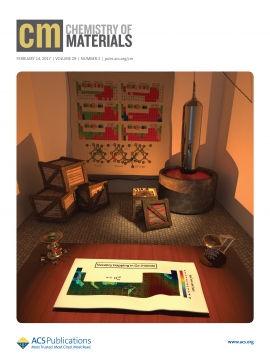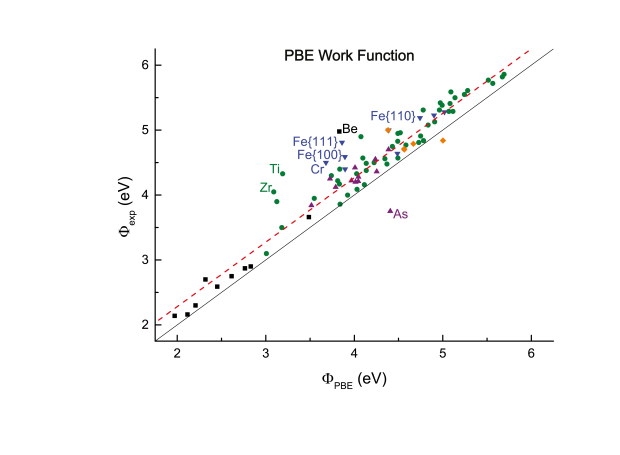Evaluation of thermodynamics, formation energetics and electronic properties of vacancy defects in CaZrO3
Abstract
Using first-principles total energy calculations we have evaluated the thermodynamics and the electronic properties of intrinsic vacancy defects in orthorhombic CaZrO3. Charge density calculations and the atoms-in-molecules concept are used to elucidate the changes in electronic properties of CaZrO3 upon the introduction of vacancy defects. We explore the chemical stability and defect formation energies of charge-neutral as well as of charged intrinsic vacancies under various synthesis conditions and also present full and partial Schottky reaction energies. The calculated electronic properties indicate that hole-doped state can be achieved in charge neutral Ca vacancy containing CaZrO3 under oxidation condition, while reduction condition allows to control the electrical conductivity of CaZrO3 depending on the charge state and concentration of oxygen vacancies. The clustering of neutral oxygen vacancies in CaZrO3 is examined as well. This provides useful information for tailoring the electronic properties of this material. We show that intentional incorporation of various forms of intrinsic vacancy defects in CaZrO3 allows to considerably modify its electronic properties, making this material suitable for a wide range of applications.
 Open Access version available at UGent repository
Open Access version available at UGent repository

